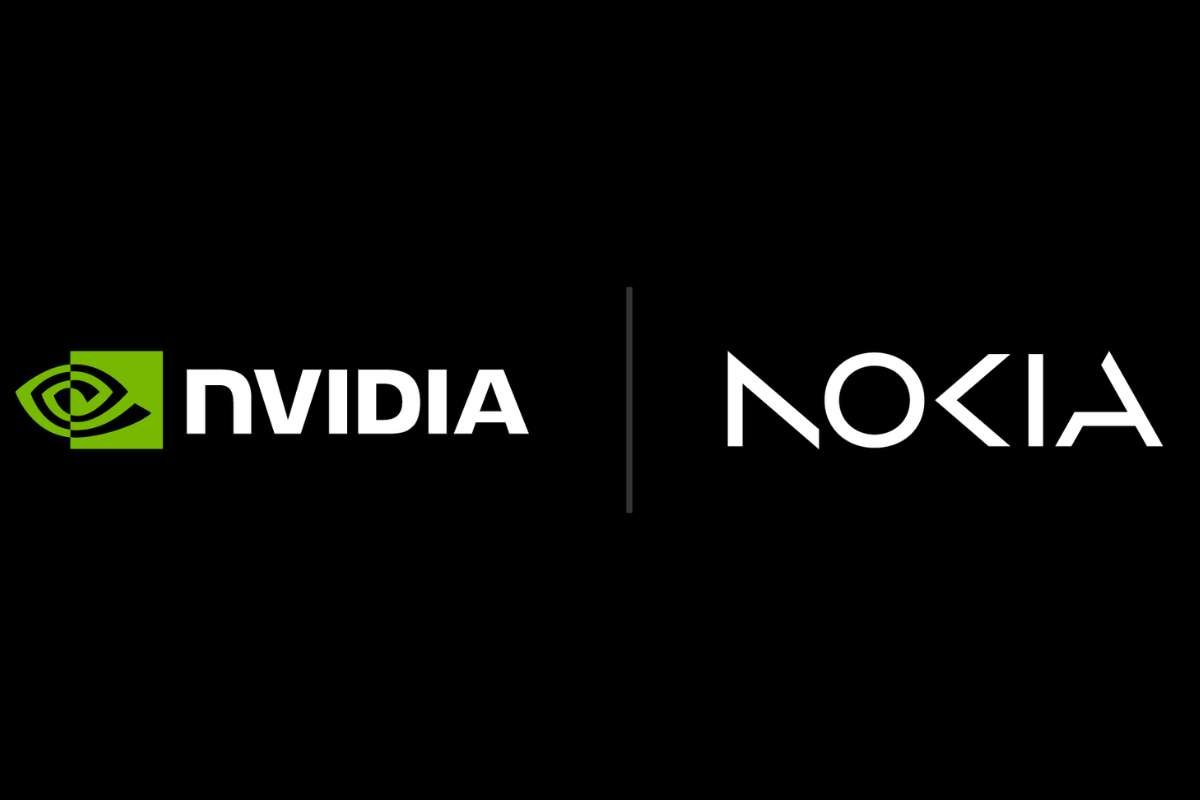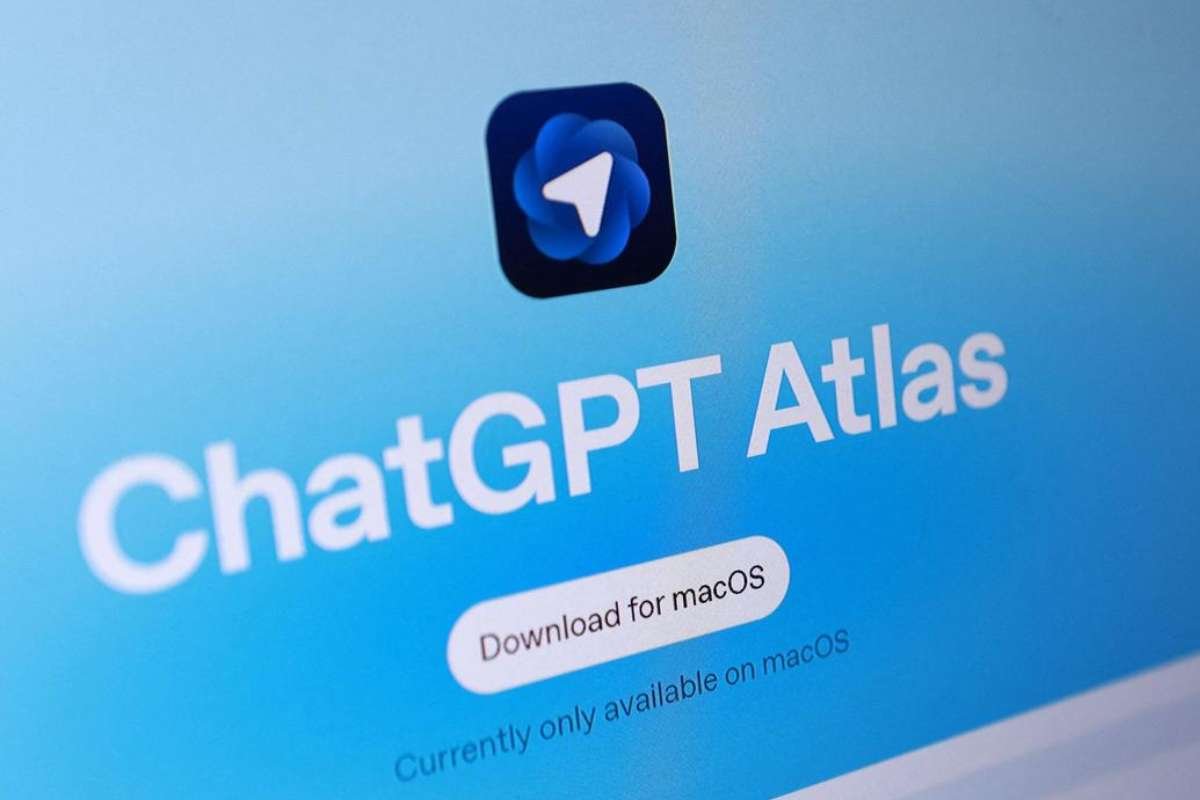Key Points:
- The Nvidia Nokia investment totals $1B for a 2.9% stake at $6.01 per share.
- Partnership brings Nvidia’s AI-RAN tech to Nokia’s 5G and 6G network solutions.
- Supports Nokia’s shift to AI-native, cloud-based telecom infrastructure.
In a move that signals the deepening convergence of artificial intelligence and telecommunications, the Nvidia Nokia investment totals $1 billion, giving Nvidia approximately 2.9% ownership in the Finnish tech giant. The investment, made through a directed share issuance of about 166 million new shares, aims to fuse Nvidia’s leadership in AI computing with Nokia’s expertise in network infrastructure.
This collaboration is more than a financial move; it marks a bold step toward the creation of AI-powered telecom networks. Nvidia and Nokia plan to jointly develop systems that will accelerate the evolution from 5G to 6G, focusing on real-time data processing, energy-efficient networks, and enhanced connectivity. The partnership positions both companies to lead the next technological revolution in mobile and cloud infrastructure.
Driving AI-Native Networks and Market Momentum
At the heart of the Nvidia Nokia investment lies a shared vision: to integrate Nokia’s advanced radio access network (RAN) technology with Nvidia’s high-performance AI computing platforms. Nokia will deploy its 5G-Advanced and forthcoming 6G RAN software on Nvidia’s accelerated computing systems. In parallel, Nvidia will contribute its “Arc Aerial RAN Computer” architecture-a next-generation platform designed to embed artificial intelligence directly into telecom networks.
These AI-native networks are expected to optimize spectrum use, improve traffic management, and reduce latency, making communication systems faster and smarter. The announcement immediately triggered a positive market response, with Nokia’s stock surging to its highest level in nearly a decade. Analysts view this collaboration as a pivotal moment in the telecom industry, where AI is no longer a complementary technology but a core enabler of future networks.
As global data traffic continues to explode, the Nvidia Nokia investment highlights the essential fusion of AI and telecommunications to sustain high-speed connectivity and low-power consumption. This partnership also underscores a broader shift in the tech landscape where computing power, connectivity, and intelligence converge into a unified ecosystem.
Shaping the Future of 6G and Beyond
Beyond the financial and technological implications, the Nvidia Nokia investment represents a strategic shift in how future communication systems will be built. Nvidia, long known for its dominance in AI chips, is now extending its reach into network architecture and edge computing, the very backbone of the connected world. Nokia, on the other hand, gains access to Nvidia’s cutting-edge hardware and AI models, enabling it to strengthen its position in global telecom markets.
The companies plan to begin field trials in 2026, with major mobile operators expected to participate in early testing phases. These trials will focus on deploying AI-driven RAN systems capable of self-optimizing performance and energy use in real time. If successful, this partnership could redefine how telecom operators design, scale, and monetize their network, transforming connectivity from a passive data channel into an intelligent, learning infrastructure.
Industry observers suggest that the Nvidia Nokia investment could could become a cornerstone in the global transition to 6G networks, where artificial intelligence becomes a built-in feature rather than an add-on. By combining computing power with communication infrastructure, Nvidia and Nokia are laying the groundwork for a future where every connection is not just fast, but intelligent.


















